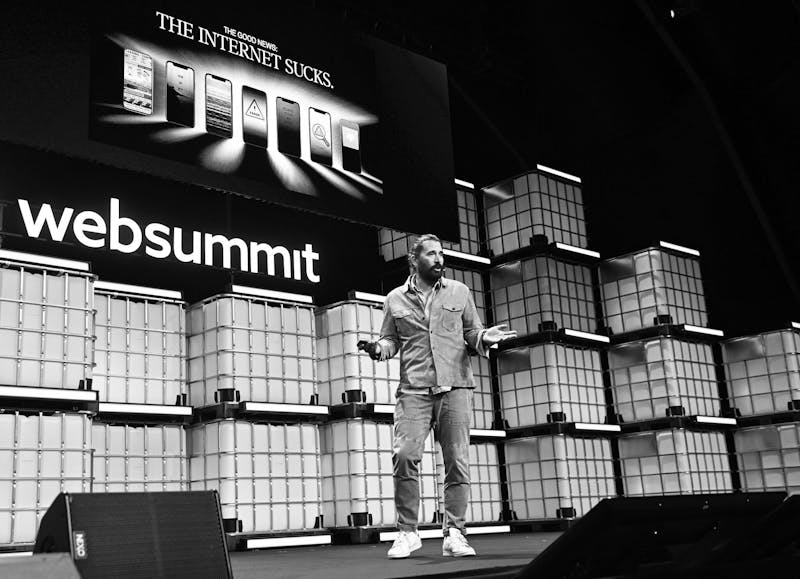
Cannes 2019 | adidas & Code and Theory Talk the Future of Retail
“Retail is not dead”. This was the bold statement made by, Michael Treff, president of adidas’ digital creative agency, Code and Theory, at this year’s Cannes Lion Festival of Creativity.
The session co-presented by Adidas’ global retail marketing director, Clara Dooley, saw the duo remind the audience of two key statistics: 90 percent of consumers shop in retail stores, and 50 percent of all sales come from retails stores. Though they also noted just how much shopping behaviour is changing, and how retail environments need to adapt to provide a seamless and consistent experience between the retail and the online shopping environments.
Treff highlighted the changing consumer expectations are largely a result of the immediate nature of digital and mobile – providing personalised, customised and immediate interactions and transactions.
How the immediacy of digital impacts on the in-store experience
What this means is consumers now expect these very same principles of personalisation, customisation and immediacy to be facilitated in the in-store experience, as well as online.
Treff referenced 60 percent of people in-store are actually on their mobiles researching products and looking at reviews. Consumers now also expect the option of a mobile-only checkout, increasingly growing intolerant of having to queue at the counter.
So what immediate steps can marketers take to reorganise the retail environment and experience?
Treff suggested five key principles for retailers:
- Start with being customer first, and explore the unmet needs in the consumer journey. Start with what is working online, and then back that into the offline environment.
- Be data-driven; explore your sales and customer data to uncover trends of what is working and what isn’t.
- Be efficient in everything you do to streamline the experience and maximise return on investment.
- Be iterative in the technology you deploy and the connected experiences you create. Build on them and iterate over time as you learn more about your customers, their needs and expectations.
- Focus on your scalability and how you train and deploy your front-line staff. As new technology emerges, there will be a whole new application of knowledge you’ll need them to have.
Ultimately, Treff suggested brands need to allow consumers to move seamlessly between “clicks and bricks”, and to bring the full expression of the brand into both environments.
Creating a shared culture with your customers
Meanwhile, Dooley pointed to the need for connected briefs within an organisation and its agency partners to drive and deliver connected experiences.
She reiterated all elements need to work together, referencing how Adidas brings consumers into the conversation to understand their needs and to create a place for the brand and community to form a shared culture.
Dooley’s nugget of gold around creating a connected community and culture has resulted in generating powerful brand heat for the likes of Adidas and its rivals – driving a powerful connection, relevance and engagement with the brand.
She also reminded marketers retail is about engaging the senses, with the product at the forefront, and where consumers can physically touch and experience the brand.
For Adidas, it makes the product the activation, having created many in-store experiences that have effectively engaged and educated people about the products they pick up.
Dooley outlined creating connected retail experiences can be achieved by following four key principles:
- Define the role that your brand will play.
- Create the infrastructure to deliver the best experience both technically and modularly, and know how you will use it.
- Understand and develop the content required to create and deliver the experience, and know how you will move it around, evolve and personalise it.
- Craft the types of interactions you want to have so they are built for purpose as an ecosystem of touchpoints and can be evolved to personalise the experience.
There are many principles marketers, and in particular retail marketers, can apply from Dooley and Treff’s insights. Further to this, I believe there’s a great opportunity for smaller retailers to step up and steal some competitive advantage from many of the larger retailers and department stores moving and evolving far too slowly in this space.






